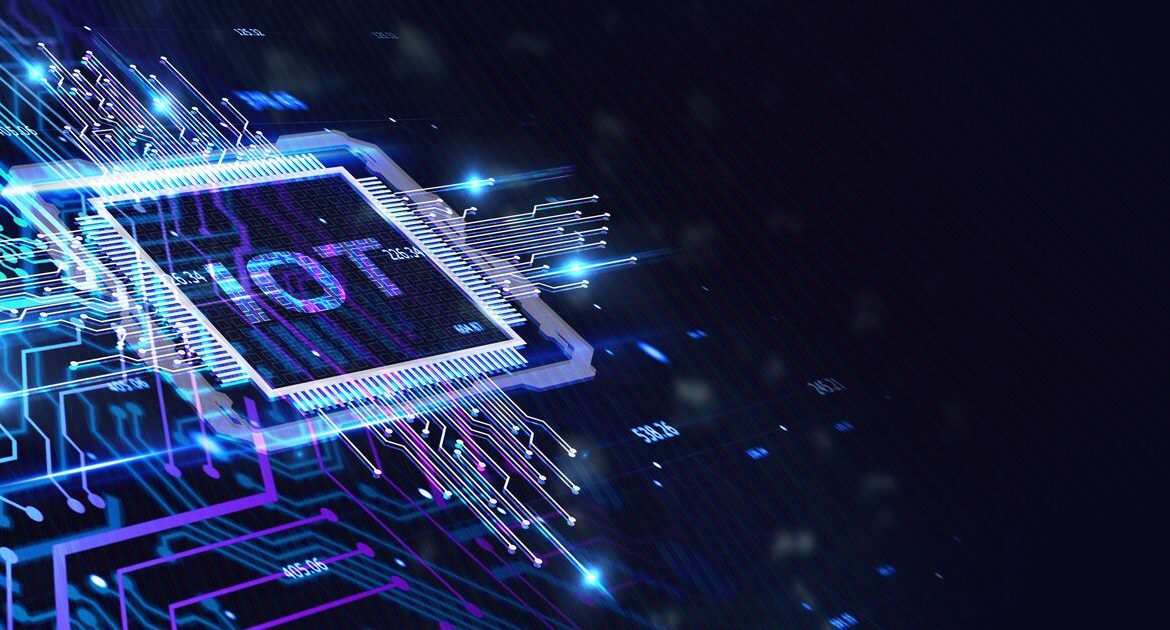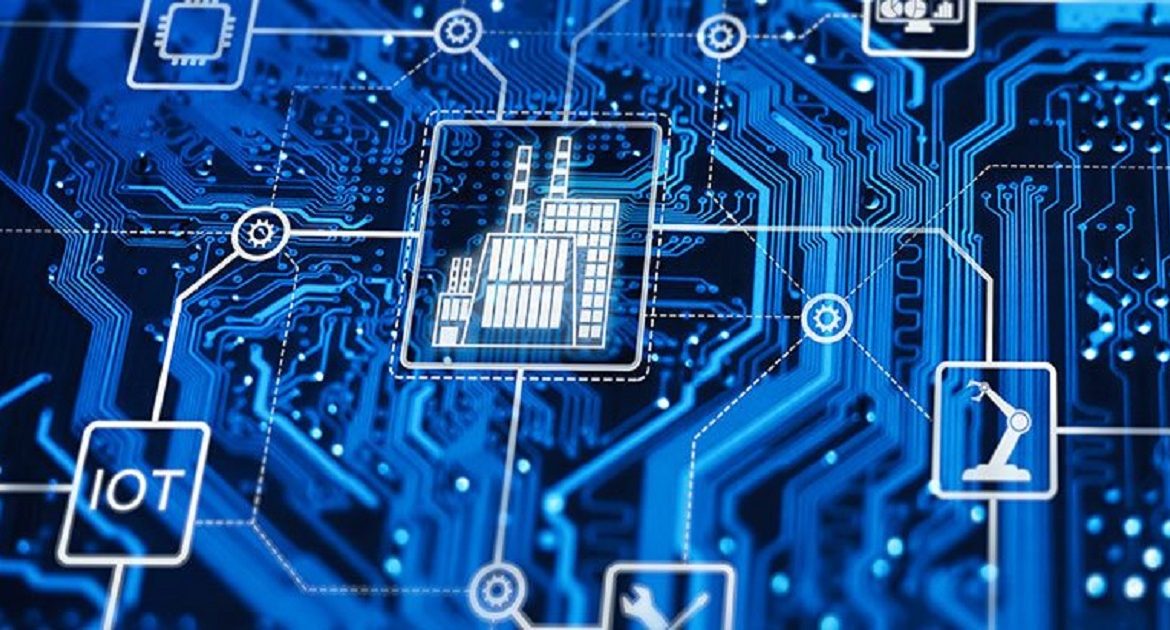The Internet of Things (IoT) is transforming the logistics industry by providing real-time data and insights that can help companies optimize their operations and improve efficiency.
Advantages of IoT in Logistics:
- Real-time tracking: IoT devices, such as GPS sensors, can provide real-time information on the location and status of shipments, allowing companies to quickly respond to any issues that may arise.
- Predictive maintenance: IoT-enabled devices can collect data on the performance of logistics equipment and vehicles, allowing companies to predict when maintenance is needed and prevent equipment failures.
- Improved efficiency: IoT devices can automate tasks such as inventory management and route optimization, allowing companies to streamline their operations and improve efficiency.
- Cost savings: IoT devices can help companies to optimize their operations and reduce costs by reducing the need for manual labor and increasing the accuracy of data.
- Better customer service: IoT devices can provide customers with real-time information on the status of their shipments, allowing them to plan accordingly and providing them with a better customer experience.
Disadvantages of IoT in Logistics:
- High cost: Implementing IoT in logistics can be a costly endeavor, which may not be financially feasible for all companies.
- Technical difficulties: IoT devices rely on complex technology, which can be prone to malfunctions and require regular maintenance.
- Privacy and security concerns: The collection and storage of sensitive data by IoT devices raises concerns about privacy and security.
- Dependence on technology: IoT devices can create a dependency on technology, which can be a problem if it fails or becomes non-operational.
- Lack of standardization: There is currently a lack of standardization in the design and functionality of IoT devices, which can make it difficult for logistics companies to effectively use and integrate them into their operations.
Overall, while IoT has the potential to revolutionize the logistics industry, it is important for companies to carefully consider the potential disadvantages and address any concerns before fully committing to this technology.









